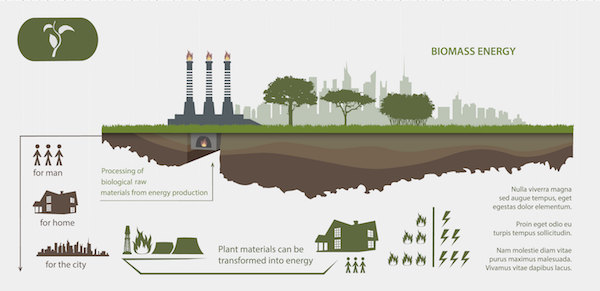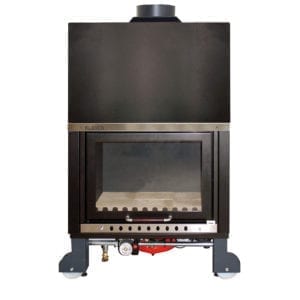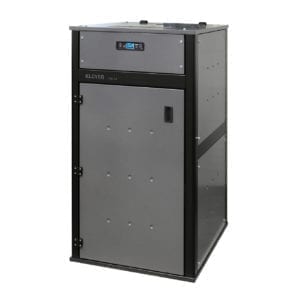Biomass
Discover The Best Biomass Heater To Suit Your Needs
Biomass is an efficient way to heat a home, using the very latest is solid fuel technology to generate all the heating and domestic hot water a household may require.
You can’t beat the radiant and ambient warmth the biomass system creates. You can use solid wood fuel or pellets, while having the flexibility to work in conjunction with a solarsystem in the summer months.
Discover one of the most efficient European biomass solid fuel systems on the market, from Klover in Italy- meeting all the usual environmental emission standards. There is a large range to choose from meeting all needs.
There is a large range to choose from meeting all needs.
- Cooking stove range, the smart 120 and 80 using wood fire and pellet.
- The Dea Eco and Bellvedere pellet heater range, a freestanding heater/stove ideal to heat any home.
- The utility range the KL 29-40 Wood fire boiler and the PB 24-35 Pellet boiler that will also address the hot water requirement and household heating too.
- Fireplaces in various sizes.
These systems are ideal for integration into a wetback situation to supply all your hot water requirements.
What is BIOMASS?
Chemical Composition

Plant Material
The carbon used to construct biomass is absorbed from the atmosphere as carbon dioxide (CO2) by plant life, using energy from the sun.
Plants may subsequently be eaten by animals and thus converted into animal biomass. However the primary absorption is performed by plants.
If plant material is not eaten it is generally either broken down by micro-organisms or burned:
- If broken down it releases the carbon back to the atmosphere, mainly as either carbon dioxide (CO2) or methane (CH4), depending upon the conditions and processes involved.
- If burned the carbon is returned to the atmosphere as CO2.
These processes have happened for as long as there have been plants on Earth and is part of what is known as the carbon cycle.

Fossil Fuels
Fossil fuels such as coal, oil and gas are also derived from biological material, however material that absorbed CO2 from the atmosphere many millions of years ago. As fuels they offer high energy density, but making use of that energy involves burning the fuel, with the oxidation of the carbon to carbon dioxide and the hydrogen to water (vapour). Unless they are captured and stored, these combustion products are usually released to the atmosphere, returning carbon sequestered millions of years ago and thus contributing to increased atmospheric concentrations.
The difference between biomass and fossil fuels
The vital difference between biomass and fossil fuels is one of time scale.
Biomass takes carbon out of the atmosphere while it is growing, and returns it as it is burned. If it is managed on a sustainable basis, biomass is harvested as part of a constantly replenished crop. This is either during woodland or arboriculture management or coppicing or as part of a continuous programme of replanting with the new growth taking up CO2 from the atmosphere at the same time as it is released by combustion of the previous harvest.
This maintains a closed carbon cycle with no net increase in atmospheric CO2 levels.
Categories of Biomass Materials
Within this definition, biomass for energy can include a wide range of materials.
The realities of the economics mean that high value material for which there is an alternative market, such as good quality, large timber, are very unlikely to become available for energy applications. However there are huge resources of residues, co-products and waste that exist in the UK which could potentially become available, in quantity, at relatively low cost, or even negative cost where there is currently a requirement to pay for disposal.
There are five basic categories of material:
- Virgin wood, from forestry, arboricultural activities or from wood processing
- Energy crops: high yield crops grown specifically for energy applications
- Agricultural residues: residues from agriculture harvesting or processing
- Food waste, from food and drink manufacture, preparation and processing, and post-consumer waste
- Industrial waste and co-products from manufacturing and industrial processes.


Why Use Biomass?
Biomass is a renewable, low carbon fuel that is already widely available throughout the UK. Its production and use also brings additional environmental and social benefits. Correctly managed, biomass is a sustainable fuel that can deliver a significant reduction in net carbon emissions when compared with fossil fuels.
Benefits of using biomass as a sustainable fuel. Correctly managed, biomass is a sustainable fuel that can offer a wide range of benefits:
- Biomass is a “carbon lean” fuel producing a fraction of the Carbon emissions of fossil fuels. for more details
- Biomass can be sourced locally, from within Australia on an indefinite basis, contributing to security of supply
- Sourced biomass can offer local business opportunities and support the rural economy.
- The establishment of local networks of production and usage, allows financial and environmental costs of transport to be minimized. There is no region in the UK that cannot be a producer of biomass.
- The use of biomass fuel provides an economic incentive to manage woodland which improves biodiversity.
- Many biomass fuels generate lower levels of such atmospheric pollutants as sulphur dioxide, that contributes to ‘acid rain’. Modern biomass combustion systems are highly sophisticated, offering combustion efficiency and emission levels comparable with the best fossil fuel boilers.
Biomass residues, arisings, co-products and waste not used for energy, or some other application will usually rot. This will generate CO2 in any case, and may also produce methane (CH4), a greenhouse gas 21 times more potent that CO2
It's Environmentally Friendly
Carbon footprint is greatly reduced.
Higher efficiency means less energy is used to heat your home.
– less energy used means less CO2 produced
– your family, your wallet and your planet will thank you
Would you like more information on hydronic heating and cooling? You can call our Sydney Office on 1300 186 667, our Canberra Office on 1300 732 807, use the email addresses below, or use our Contact Form. Your comfort is our concern.

